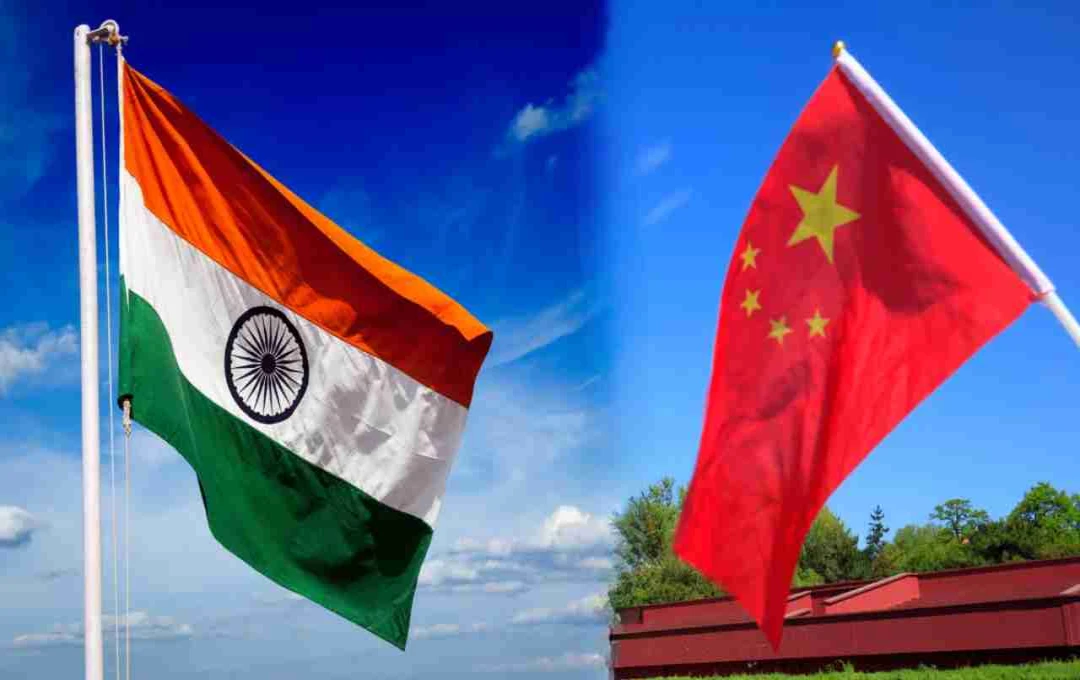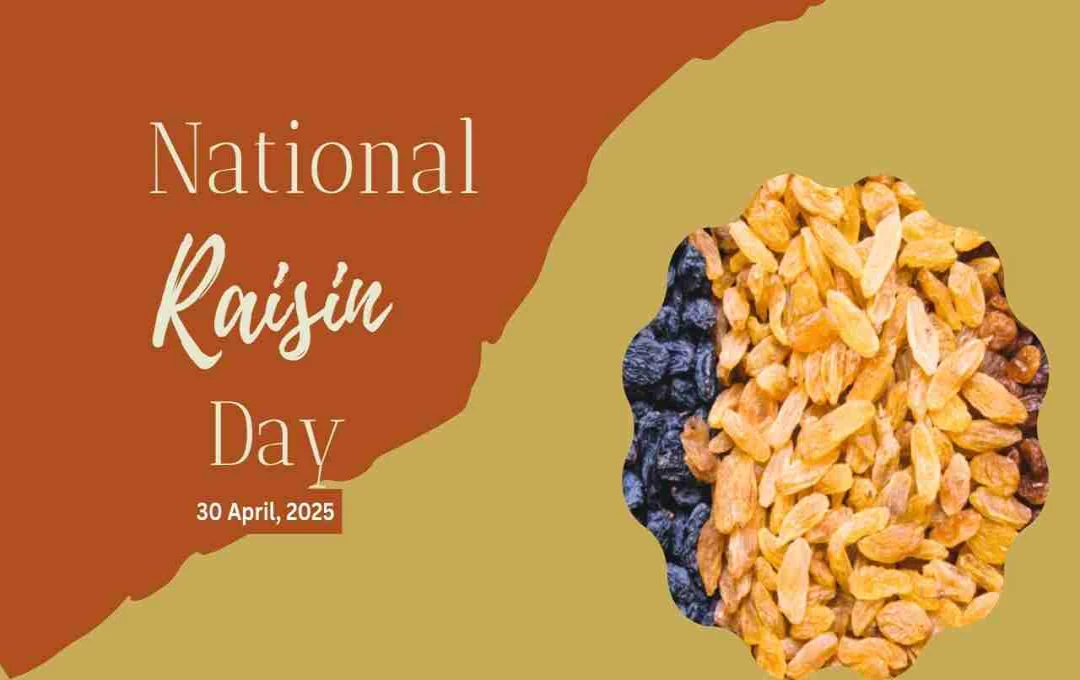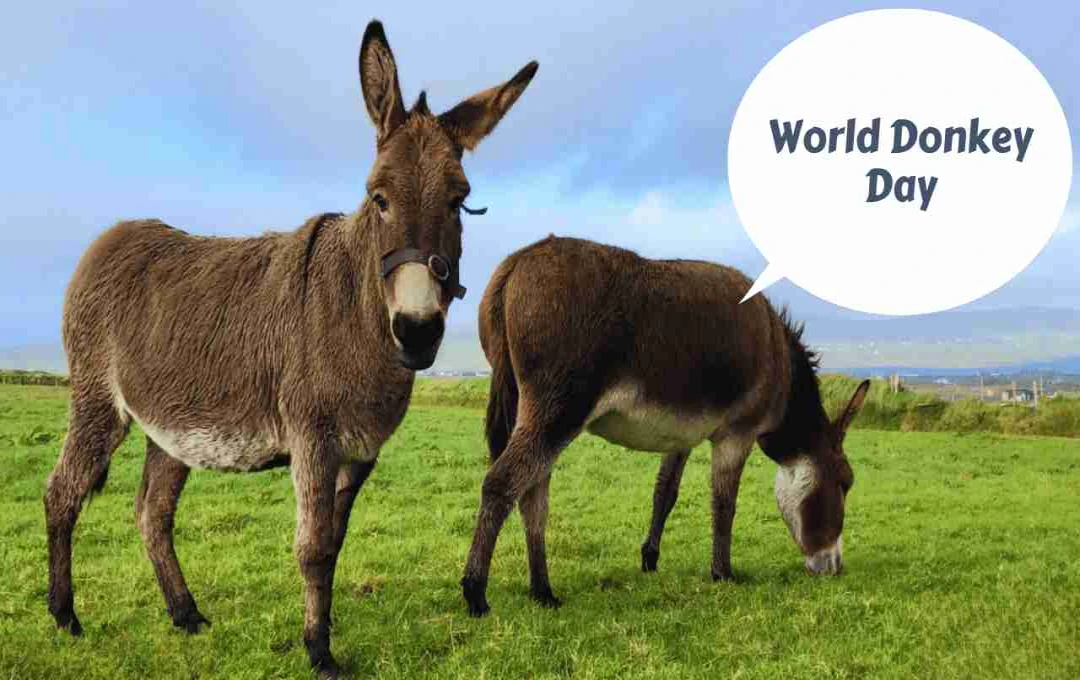Have you ever tasted Amagwinya? This is a famous fried bread snack from South Africa, known for its crispy exterior and soft interior. It is often eaten as breakfast or to curb a light hunger. Sometimes it is filled with savory fillings like minced meat or cheese, which makes its taste even more delightful.
Amagwinya Day, celebrated every year on August 30th, is not just a celebration of this delicious dish. This day is also a symbol of South African culture, community, and historical struggles.
History and Significance of Amagwinya
The origin of Amagwinya Day dates back to 1956 when women in Johannesburg raised their voices against unjust laws. This was an initiative that sparked a movement for the protection of women's rights and social justice. Amagwinya Day is dedicated to this same courage and unity.
In the early days of this movement, women stood up for their rights and demanded justice for their community. Their struggle continues to inspire today, highlighting the importance of standing together and raising one's voice. Therefore, Amagwinya Day is not just a food celebration but also a symbol of social solidarity and cultural pride.
Taste and Variety of Amagwinya

Amagwinya, sometimes referred to similarly to "Oliebol," is fried bread. Its texture makes it special – crispy on the outside and soft on the inside.
The dish's specialty lies in its versatility. It can be eaten plain or filled with savory and flavorful fillings like curried meat, cheese, or vegetables. Additionally, it can also be made in sweet versions.
Amagwinya is equally popular at roadside stalls and family kitchens across South Africa. It is not only delicious but has also become a symbol of cultural unity to prepare and share.
Ways to Celebrate Amagwinya Day

- Organize a Fry-Off Competition
Host an Amagwinya making competition with your friends and family. See who can make the most delicious Amagwinya – sweet or savory, set the challenge for taste. - Global Amagwinya Edition
Infuse your Amagwinya with international flavors. Experiment with taco, cheese, or spiced fillings from other countries. This will offer a new experience of creativity and taste. - Street Food Tour
If you are in a South African city, visit famous food markets to enjoy the best Amagwinya. This will not only be a taste experience but also a cultural journey. - Cooking Class Party
Organize a cooking class at your home. Look up recipes online and enjoy making Amagwinya. This is also a great way to connect children and youth with the culture of the dish. - Cultural Exchange Dinner
Invite friends to bring their cultural dishes and you can present Amagwinya. This will be a celebration of delicious food and cultural diversity. - Amagwinya Picnic
Take Amagwinya out for a picnic. Eating it under the open sky makes the experience even more special. - Documentary Night
After tasting Amagwinya, watch a documentary on South African culture and history. This will be both educational and entertaining. - Amagwinya Challenge
For the creative and adventurous, take on the challenge of making Amagwinya with the most unique fillings. The more unusual, the more fun the experience.
Cultural Importance of Amagwinya Day
Amagwinya is not just a dish; it is a symbol of cultural heritage, historical courage, and community unity. It reminds us that food is not merely sustenance but also a medium for cultural identity and shared experiences. This day, celebrated on August 30th, gives people an opportunity to share joy, taste, and memories with their family and friends. Amagwinya Day conveys the message of how important it is to honor cultural heritage and keep historical memories alive.
Amagwinya Day is not just a celebration of a delicious dish; it is a symbol of cultural pride, historical courage, and community solidarity. This day reminds us that food is not just a means of filling the stomach, but also an experience of connecting with family, friends, and culture.















